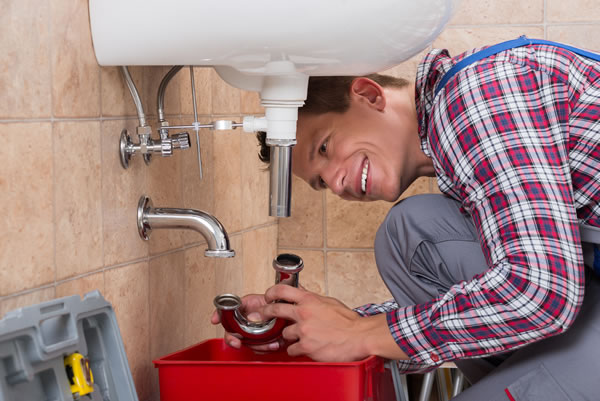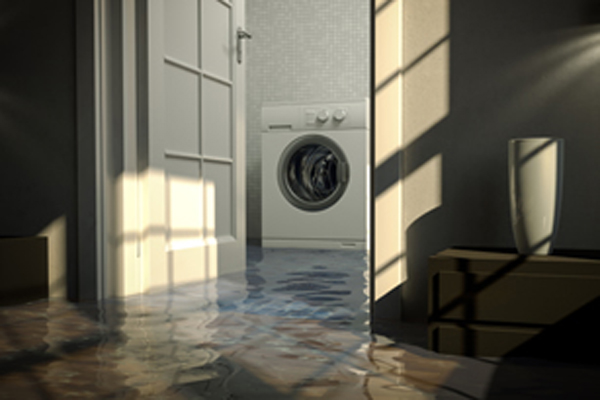How to Detect and Repair Water Leaks in the Bathroom: Expert Advice
How to Detect and Repair Water Leaks in the Bathroom: Expert Advice
Blog Article
How do you actually feel on the subject of How to Detect and Fix a Bathroom Leak?

Bathroom leakages are irritating as they disrupt your day's strategy. They differ in seriousness depending upon the source of the leakage. You should prioritize them, as they can promptly get worse. It is a relief that most bathroom leakages are easy to find as well as fix, with minimal expense implications.
Having a water leakage in washroom can be demanding to the homeowner. However dealing with the leak becomes a simple trouble if you know what to do. This short article is important as a house overview to repairing a water as well as identifying leak in washroom. It does not replace the requirement for professional know-how. The short article serves as a "emergency treatment" when you need an emergency situation response to a water leakage in shower room.
Detection as well as Repair Work of Water Leak in Bathroom
Water leakage in shower room commonly results from plumbing and also pipe mistakes. You may require a fundamental knowledge of these leakage types to detect the water leakage in shower room.
Clogged Bathroom Sinks
Sometimes, the water leak in shower room results from sink obstructions. It is very easy to deal with clogs, as well as you may not need expert skills.
What to Do
You can make use of a drain snake to remove the particles in the drain and also let the stationary water circulation. Drain pipes cleansers are also offered in stores and also are very easy to use.
Toilet Leaks
Often, water leakages from the commode and pools around the commode base. It is an eye sore in the bathroom and needs timely interest. Occasionally, it arises from a loosened connection between the container and also the commode. This creates water to drip from the cistern to the flooring. It might also arise from splits in the toilet bowl or a faulty shut-off shutoff.
What to Do
You just require to tighten them if there are loosened screws in between the tank and also toilet. In some cases you might require to reapply wax on the gasket or employ a washroom leak expert to change worn or damaged parts.
Splash Leaks
These frequently result from water spilling on the bathroom flooring from the tub. It is a consequence of using a poor shower curtain or used tub lining. It harms the washroom flooring and also may trigger rot to wooden floors and bathroom doors. The water usually swimming pools around the bathtub or shower. This might cause even worse restroom damage without prompt handling.
What to Do
This restroom leak is the most convenient to take care of. You just need to replace the drapes or recaulk the tub or shower. If the leak has actually harmed the bathroom floor or door, you might need to alter these to prevent more damage. The good news is that you can include a plumbing expert to help with the shower room repair.
Final thought
Water leaks in the restroom are avoidable events in the house. Maintenance and also routine checks assist to maintain whatever in good shape. You can never be as well cautious, and also these events still take place. When they do, repair them quickly, or involve the solutions of a professional.
The post offers as a "initial aid" when you require an emergency feedback to a water leak in bathroom.
Water leak in washroom typically results from pipes and pipeline mistakes. You may require a basic understanding of these leakage types to find the water leakage in restroom. Often, the water leakage in restroom results from sink blockages. It harms the bathroom flooring and also may trigger rot to wooden floorings and shower room doors.
Tricks for Locating a Water Leak in Your Bathroom
Run a Test Using Your Water Meter
One of the clearest indications of a leak in your household is if there’s a sudden unexplained increase in the water bill. For the most part, your water usage shouldn’t change too much from month to month, so a sudden surge is a surefire warning sign.
For further evidence of a leak, Bob Vila recommends this simple test. First, "turn off all the water faucets in your home, and make sure the washing machine and dishwasher are not running." Go to your water meter and look over the reading. After two hours, see if there is a change in the reading. If there is, you've definitely got a leak on your hands and it may be coming from your bathroom!
Test The Toilet
Toilets are among the leading culprits when it comes to unexplained leaks. The rubber stopper (knowns as the flapper) that separates the tank from the bowl can become brittle over time, creating a leak. If you have a toilet that periodically runs on its own for a few seconds, this is probably why.
To confirm your suspicions, put a couple of drops of food coloring into the tank of the toilet. Return after a few minutes and check the bowl. If the dye has entered the bowl, then there’s a leak that should be repaired.
Check for Water Damage to The Walls and Ceilings
If you have a leak emanating from an upstairs bathroom, one of the first things you’ll notice is water damage on the ceiling of the room below. Watermarks and discoloration are clear indicators of leaks, but you might also notice flaking or peeling paint.
Remember: Water doesn't always follow predictable routes. So if you see water marks on the walls, those could also be the result of a leaky upstairs bathroom.
Be Aware of Musty Odors
When it comes to bathroom leaks, the nose often knows best. An undetected leak can go on for quite some time, resulting in the ideal conditions for mold and mildew. Mold has an unpleasant odor and is a sign that your home could be suffering from significant water damage. It’s also a health hazard, especially for those who suffer from respiratory illnesses and allergies, so it's important you have it remedied as quickly as you can.
Inspect Bathtub and Shower Seals
You might not see any leaks or notice any obvious signs of water damage, but it’s important that you look for gaps between the seals surrounding your shower, bathtub, and walls. These kinds of leaks may require extensive renovations if they’re not repaired promptly.
Any presence of moisture on the seals is indicative of a problem, as is peeling or bubbling paint on the bathroom walls. If you have vinyl flooring, be cognizant of curling or bubbles and soft spots in the wood beneath.
https://www.waterdamagerestorationaz.com/locating-bathroom-water-leak-tricks

As a fervent reader on How to Detect and Fix a Bathroom Leak, I was thinking sharing that excerpt was really helpful. Are you aware of anybody else who is excited by the subject? Please feel free to share it. Thank-you for your time invested reading it.
Suggested Site Report this page